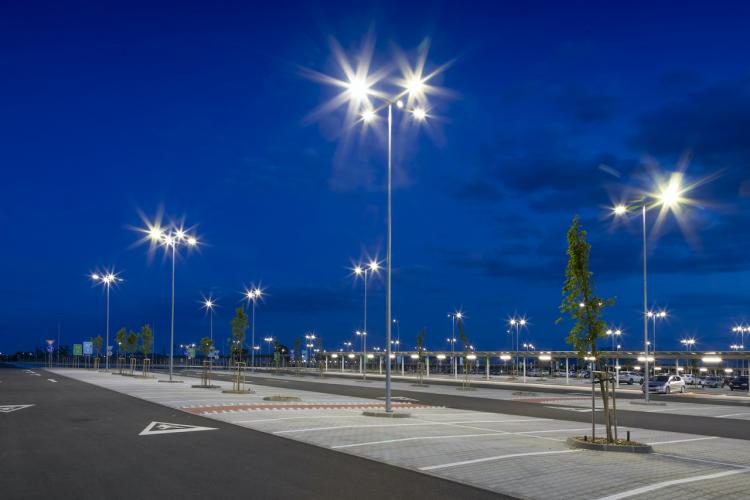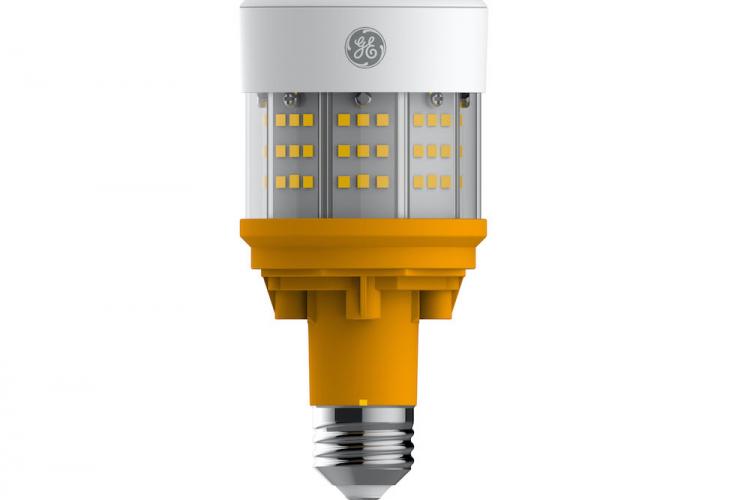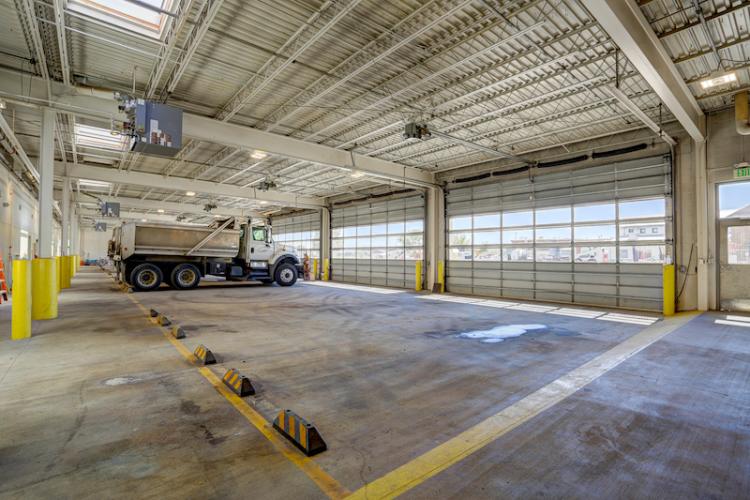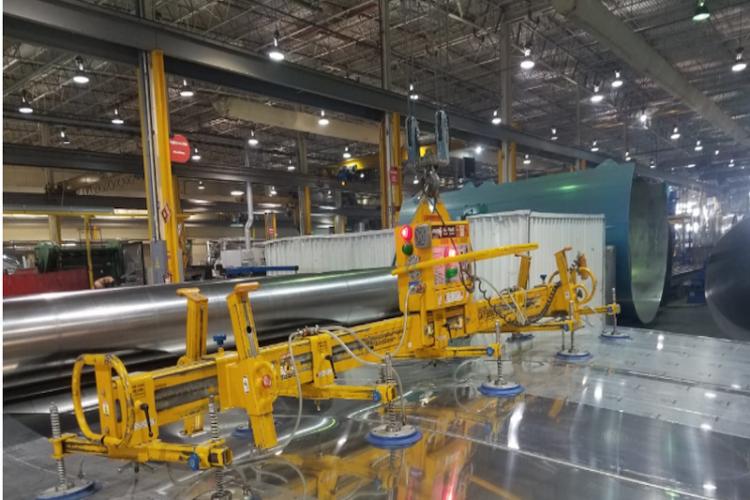Unlocking the Potential of Intelligent Buildings
Unlocking the Potential of Intelligent Buildings
We’re in the midst of a massive transformation in the building automation industry that will greatly benefit commercial and industrial customers – reducing energy costs, consumption and emissions, optimizing maintenance and operations, boosting employee productivity and satisfaction, and creating new value streams. The following technical and market forces are rapidly converging to make this transformation happen:
-
It’s now cost-effective to densely deploy sensors and devices in the buildings due to advances in sensing, control, communications and manufacturing technologies.
-
Customers are favoring open standards-based systems over closed and proprietary systems. Market share of standards-based systems is growing.
-
Industry is adopting open Internet Protocol-based communications technologies (e.g. BACnet over IP and Thread).
-
Customers are moving away from siloes of independently controlled (lighting, HVAC, BMS, security, refrigeration and fire) subsystems and towards a fully integrated software-driven solution that connects many subsystems together.
-
Growth in cloud technologies is making big data analytics cost effective. This is fueling the trend towards cloud-hosted solutions, away from legacy on-premise systems.
The above trends are helping to expand the reach of building automation systems into small- and medium-sized buildings, 90% of which lack automation today.
Energy savings has historically been the main justification for investments in building automation and control systems. In most scenarios, energy savings provide compelling ROI and pay for the energy infrastructure upgrade. Governments and utilities incentivize the investments in energy conservation measures by providing tax breaks and rebates. There are environmental and societal benefits of investing in energy saving technologies. However, the consequence of increasing the energy efficiency of equipment is that incremental energy savings offered by advanced control technologies is diminishing. This means in some cases that ROI based on energy savings alone will not justify the investment in advanced controls and automation. This could become a barrier to the adoption of advanced control systems. To address this issue, additional value drivers beyond energy savings have to be exploited.
To put things in perspective, the ratio of energy cost, real-estate cost and employee salaries for a typical office building in North America is roughly 1:10:100. Clearly, the value of employee productivity enhancement measures is significantly higher than energy saving measures. By moving higher up in the value chain, building automation can continue to offer business justification for adoption.
The key question is, are there ways to deliver additional value to the customer beyond energy savings?
The answer is a resounding yes, its analytics. Analytics give us deeper insights into how to enable the customer to drive better business outcomes (e.g. make office employees more productive or improve the shopper experience in a retail store). For example, by analyzing past performance and trends, maintenance issues can be predicted and often averted. Proactive maintenance can reduce operating costs, minimize disruptions and extend equipment life, thereby generating a faster payback.
While analytics is the engine for growth, data is the fuel that drives that engine. There is an opportunity to ride the LED upgrade wave and deploy intelligent infrastructure to collect rich and granular data about the environment. Furthermore, there is a plethora of data that can be acquired from various building subsystems (e.g. HVAC, Security, Safety, Refrigeration, Solar etc.) and over the internet (e.g. weather, utility bills, tariff plans, outlook calendar, social media etc.).
In order to store and process these massive amounts of data efficiently, a scalable platform is needed and it needs to be an open platform in order to unlock the full potential of an Intelligent Buildings infrastructure.
At Current, our mission is to deliver an open platform that enables customers to save energy, improve operational efficiency, foster higher employee productivity and satisfaction, and leverage new applications that can have a significant impact on business efficiency.
Besides offering a scalable computing environment, an essential characteristic of a successful platform is a vibrant ecosystem that helps to connect buyers to seller and adds value (think of Airbnb and Uber which don’t own the assets but are "matchmakers." At Current, we are building an ecosystem of device vendors and industry leading Independent Software Vendor (ISV) partners that add value to the platform.
I am passionate about creating healthier, productive and sustainable built environments, and look forward to sharing our progress as we continue to make strides.







